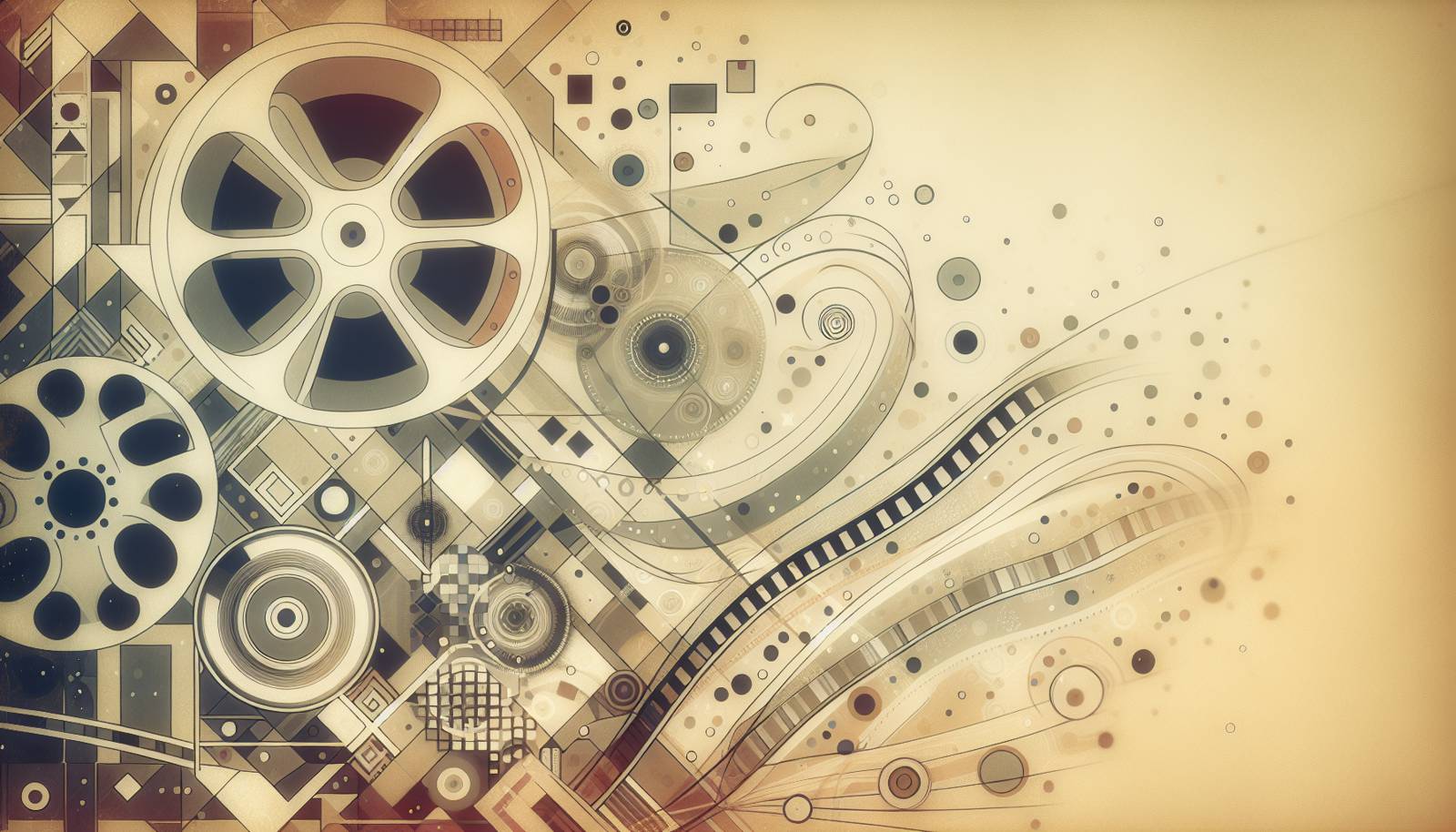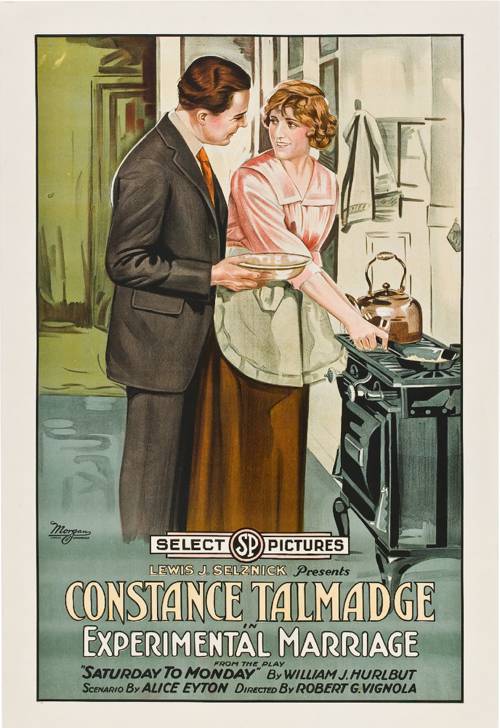
FAQ About Influence of Experimental Film on Modern Cinema

What is experimental film and how does it differ from mainstream cinema?
Experimental film refers to a genre of filmmaking that challenges conventional storytelling and cinematic techniques. Unlike mainstream cinema, which typically follows structured narratives and established production standards, experimental films often utilize innovative methods, non-linear narratives, and unique visual and auditory experiences to explore abstract themes. This can include unconventional editing, imagery, or sound design that prioritizes artistic expression over commercial appeal.

How have experimental film techniques influenced modern cinema?
Experimental film techniques have significantly influenced modern cinema by encouraging filmmakers to innovate and push the boundaries of narrative and visual storytelling. Directors such as Christopher Nolan and David Lynch often incorporate non-linear storytelling, unique cinematography, and abstract themes into their films, reflecting the influence of experimental film. These techniques invite audiences to engage with films on a deeper, more interpretative level.

Can you give examples of modern films influenced by experimental film?
Many modern films show the influence of experimental film techniques. For example, Christopher Nolan's "Inception" and "Memento" employ non-linear storytelling and mind-bending visuals, reminiscent of experimental cinema. David Lynch's "Mulholland Drive" uses dreamlike, surreal sequences that reflect experimental influences. Additionally, films like "Enter the Void" by Gaspar Noé and "Tree of Life" by Terrence Malick push visual and narrative boundaries in ways inspired by experimental film traditions.

What are some common characteristics of experimental films?
Common characteristics of experimental films include non-linear or non-traditional narrative structures, the use of abstract or surreal imagery, creative editing techniques, and unconventional sound design. These films often prioritize innovation and self-expression, making them distinct from narrative-driven, mainstream cinema. They may not follow a clear plot and often aim to evoke emotion or provoke thought rather than tell a straightforward story.

Who are some notable directors of experimental films?
Some notable directors known for their contributions to experimental film include Stan Brakhage, Maya Deren, and Kenneth Anger. These filmmakers are renowned for pioneering techniques that defy traditional cinematic conventions, using innovative storytelling methods that have inspired both their contemporaries and future generations of filmmakers.

How did experimental film begin?
Experimental film began in the early 20th century as a reaction to the conventional storytelling methods of mainstream cinema. Artists and filmmakers sought to explore new forms of expression through the medium of film, focusing on avant-garde and non-traditional narratives and techniques. This movement allowed filmmakers to experiment with visual styles and thematic content, setting the stage for modern experimental and avant-garde cinema.

What role does sound play in experimental films?
Sound plays a crucial role in experimental films, often used to create mood, evoke emotion, or enhance the abstract nature of the visuals. Unlike mainstream cinema, where soundtracks and dialogue often serve narrative purposes, experimental films might use sound in unconventional ways—such as disjointed audio, abstract soundscapes, or silence—to challenge the audience's perceptions and complement the film's artistic intent.

Are there any film festivals dedicated to experimental cinema?
Yes, there are several film festivals dedicated to showcasing experimental cinema. Notable ones include the Ann Arbor Film Festival, the Oberhausen International Short Film Festival, and the New York Film Festival's Projections section. These festivals celebrate avant-garde and experimental films, providing a platform for filmmakers to present innovative works to international audiences.

What is the influence of experimental film on film editing techniques?
Experimental film has significantly influenced film editing techniques by encouraging unconventional approaches to time, continuity, and narrative flow. Techniques such as jump cuts, non-linear editing, and split screens, which originated in experimental cinema, are now commonly used in mainstream films. These innovations allow editors to craft unique storytelling experiences that engage viewers by altering perceptions and expectations.

How do experimental films challenge narrative conventions?
Experimental films challenge narrative conventions by eschewing traditional plot structures and character development. Instead of following a linear storyline, these films might present a collection of ideas, images, or themes that are open to interpretation by the viewer. This approach encourages audiences to engage more actively with the film and derive personal meaning, often leaving conventional cinema's linear resolution and clarity behind.

What is the relationship between experimental film and video art?
The relationship between experimental film and video art is intertwined, as both forms emphasize artistic expression and exploration over conventional narratives. While experimental film often focuses on the medium of cinema itself, video art expands into the use of video as a wider artistic medium, often seen in gallery exhibitions and installations. Both forms share a commitment to innovating through technology and storytelling.

What are some visual techniques borrowed from experimental film by mainstream filmmakers?
Mainstream filmmakers have borrowed several visual techniques from experimental film, including the use of abstract imagery, surreal landscapes, and innovative lighting. Techniques like the use of time-lapse photography, slow motion, and experimental color grading have also transitioned into mainstream cinema, allowing filmmakers to create more visually engaging and conceptually intriguing films.

How has the digital age affected experimental film?
The digital age has greatly expanded the possibilities for experimental film, enabling filmmakers to explore new technologies and techniques. Digital editing tools offer more flexibility and ease in manipulating sound and visuals, while advances in CGI and digital effects have opened up new realms for abstract and surreal cinematic experiences. Additionally, the accessibility of digital technology has democratized filmmaking, allowing more creators to experiment with the medium.

Can experimental film influence animation films?
Yes, experimental film can significantly influence animation films by inspiring animators to explore unconventional narratives, visual styles, and techniques. Experimental approaches in animation often focus on visual and thematic abstraction, resulting in innovative works that challenge traditional aesthetics and storytelling methods. Filmmakers like Hayao Miyazaki and Phil Tippett have incorporated experimental elements into their animated projects, enriching the medium.

What are some classic examples of experimental films?
Classic examples of experimental films include "Meshes of the Afternoon" by Maya Deren, "Un Chien Andalou" by Luis Buñuel and Salvador Dalí, and "Scorpio Rising" by Kenneth Anger. These films are known for their groundbreaking techniques and innovative storytelling, which have profoundly impacted both experimental and mainstream filmmaking.

What impact did the French New Wave have on experimental and modern cinema?
The French New Wave had a substantial impact on both experimental and modern cinema by introducing innovative storytelling techniques and a new visual style. Filmmakers such as Jean-Luc Godard and François Truffaut employed jump cuts, long takes, and hand-held camera work—elements that bridged the gap between traditional filmmaking and experimental approaches. This movement emphasized personal expression and narrative freedom, influencing countless filmmakers worldwide.

How does experimental film address social and political themes?
Experimental film often addresses social and political themes by challenging conventional forms of storytelling and using symbolism and metaphor to convey complex messages. This genre provides filmmakers with the freedom to critique societal norms and explore issues such as identity, power, and cultural dynamics in innovative ways that engage and provoke thought among audiences.

What is the role of abstraction in experimental films?
Abstraction plays a vital role in experimental films, allowing filmmakers to break away from literal representations and explore concepts in more nuanced ways. Through abstract imagery, sound, and narrative, experimental films invite audiences to interpret and engage with the material on a personal level. This artistic approach encourages viewers to derive individual meanings and responses, highlighting the film's thematic core beyond the obvious narrative.

How have mainstream audiences responded to films influenced by experimental techniques?
Mainstream audiences have had varied responses to films influenced by experimental techniques. While some viewers appreciate the artistic innovation and unique storytelling, others may find these films challenging or difficult to understand. Films incorporating experimental elements often attract niche audiences who enjoy interpretative and non-traditional cinematic experiences, pushing broader acceptance of diverse film styles over time.

What are the challenges filmmakers face when incorporating experimental techniques into mainstream films?
Filmmakers face several challenges when incorporating experimental techniques into mainstream films, including balancing innovation with audience accessibility. They must ensure that experimental elements enhance rather than obscure the narrative, which requires careful consideration of pacing, coherence, and artistic intent. Additionally, studio pressures and commercial considerations often necessitate a compromise between creative vision and marketability.
